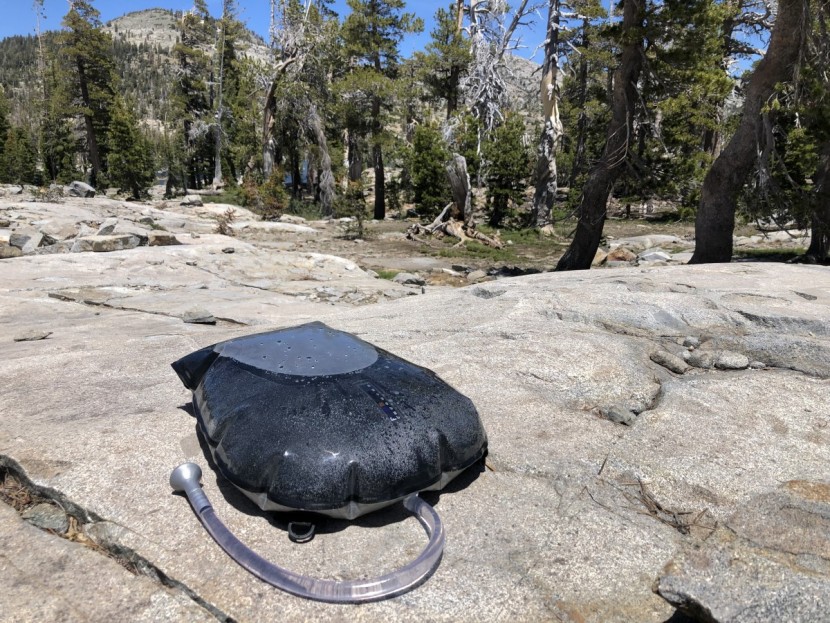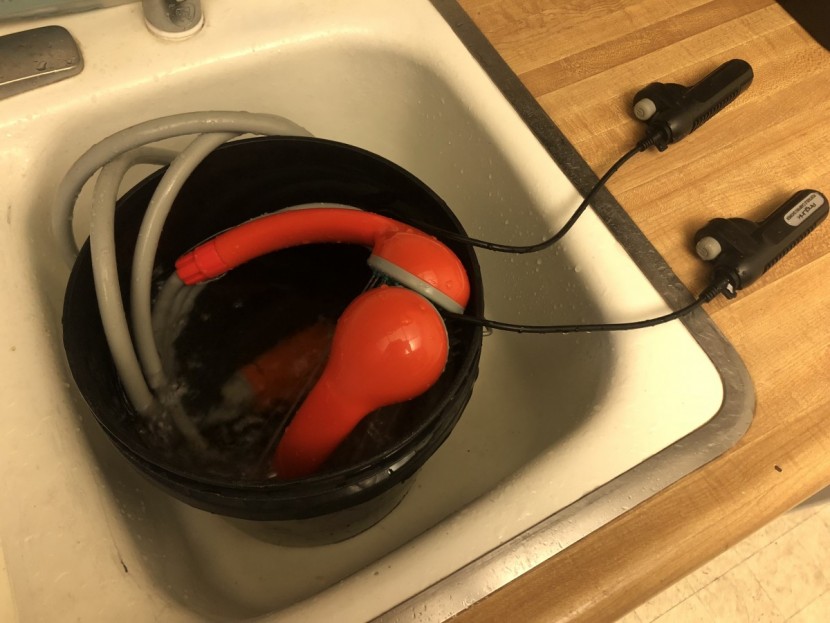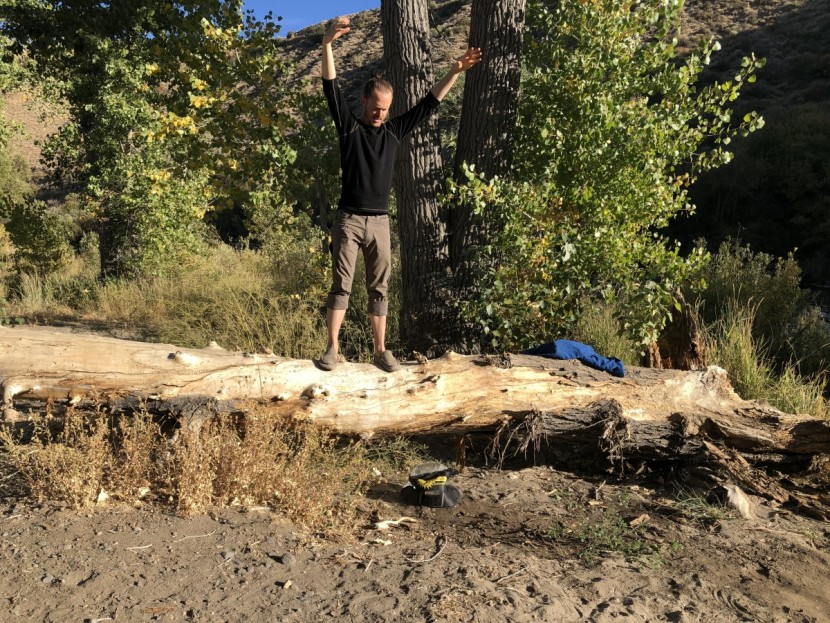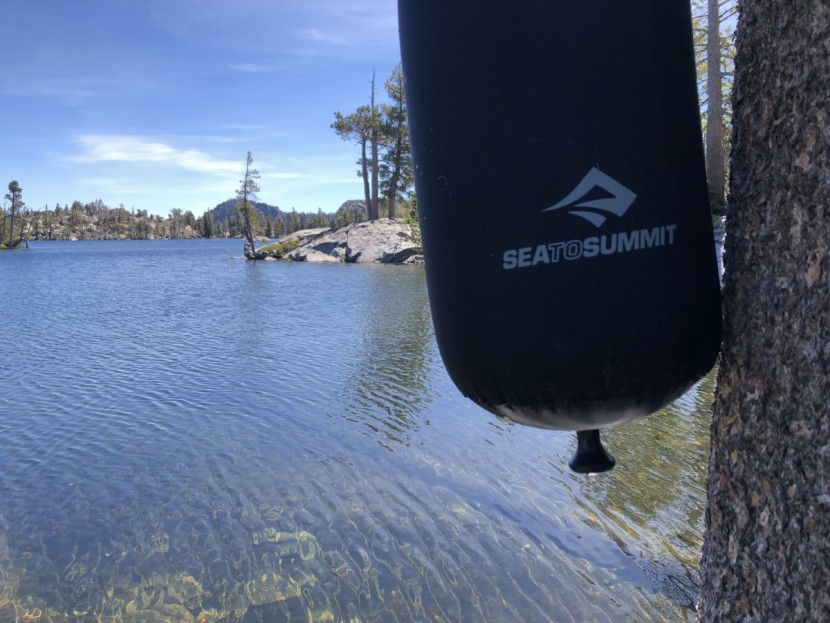There are a lot of different types of camping showers out there, so what makes one better than another? We set out to answer that question by testing these showers side-by-side to help you gain a better understanding of the strengths and weaknesses of each product. We used five different testing metrics to provide a complete picture of how each shower stands up against the competition, and here's how we did it.
Comfort
Let's face it, if you're not comfortable, your shower won't be a good experience, and you may as well clean yourself with a bucket or in a lake. We spent months camping and cleaning to really get at this issue. We evaluated pressure by sudsing up our hair and hands and rinsing them clean, as well as cleaning the bottom of sandy boats, muddy feet, and dirt-encrusted gear. We also considered other user comforts, like how the water comes out of the unit, whether it comes with a stand or if you have to hold it, how easily the water is turned on and off, and how much time you have until the shower runs completely empty.
Functionality
This was our technical comparison between showers, looking at how the numbers and specs stacked up. For this metric, we measured the rate of flow for each shower in gallons per minute. For solar showers, we put each unit in the sun and took temperature readings at timed intervals. This data was then compiled into helpful charts, showing how quickly each shower heated up compared to the others. For battery-powered showers, we turned them on and let them run until the battery died to see how long they would last between charges. We also took a lot of measurements, including hose lengths, showerhead width, and diameter of the water stream.
Ease of Set Up
No one likes using an overly complicated shower when you just need to get clean. We assessed how easy — or not — each of our tested models was to set up and to take back down again. We considered how easy each is to fill with water, if they required any additional materials, and how easy they are to clean.
Durability
No piece of gear is worth much if it doesn't last long, and we wanted to know if these showers were up to the task of keeping us clean for the long haul. We noted the materials used in construction and apparent care given to the assembly of each shower. We inspected each unit for obvious faults and observed any areas of concern that seemed a higher risk for failing or breaking in the future. We also considered how many connection points showers had.
To truly test the durability of these unique outdoor “appliances,” we also just used them — a lot. We threw them in the back of the car to camp for the weekend. We crammed them in backpacks and brought them into the woods. We laid them on all kinds of rough ground surfaces, stuck them in rivers to fill, and poured hot water in them. We even dropped hanging models repeatedly from about 6 feet up, just to see what would happen if that were to occur, say, in the middle of a shower.
Portability
Some camping showers are obviously more amenable to being carried farther distances. We considered the weight of each model, both empty and full. We examined their method of carrying and evaluated how easy or difficult it was to use. We also measured how small each unit could pack down to when not in use. And we considered the packability of each shower when completely full of water if you wanted to top it off before you leave home.
Each of these tests, assessments, and comparisons helped give us a distinct picture of each shower, how it performs, and what its best uses are. We hope that the insights we have gathered are helpful to you in finding the shower that best suits your needs.






